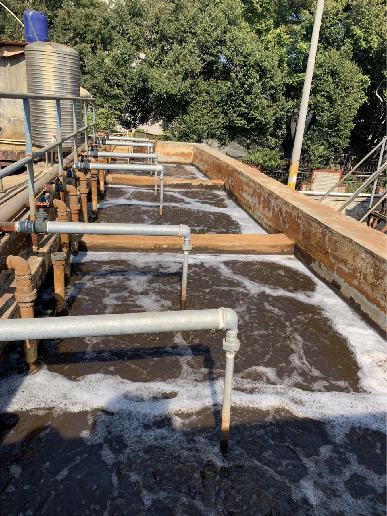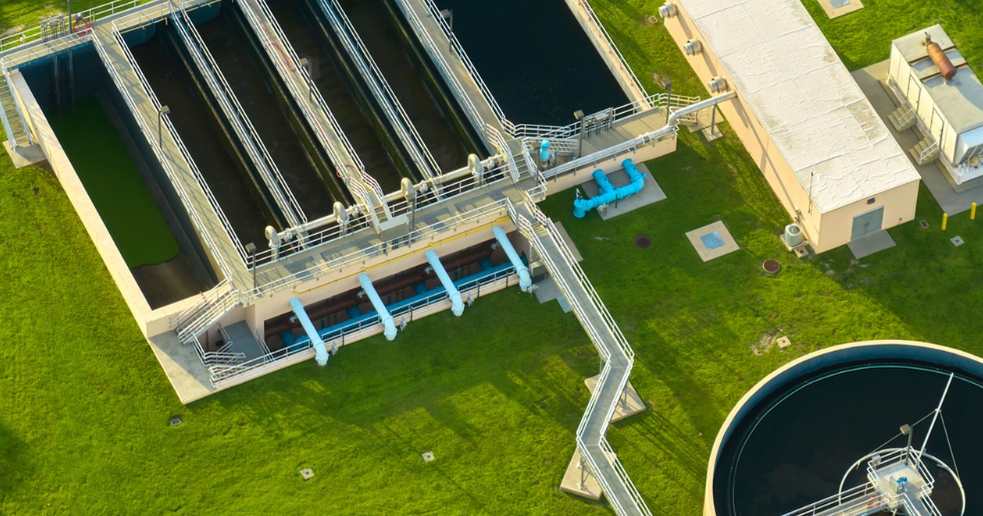A Key Aid in Solving Leather Wastewater Treatment Challenges In the field of industrial wastewater treatment, leather wastewater has always been a tough nut to crack. The emergence of demulsifiers for leather wastewater has brought a glimmer of hope for solving this problem. As an important member of the industrial demulsifier family, its high efficiency in leather wastewater treatment has given many enterprises the hope of meeting discharge standards. Leather wastewater has distinct characteristics.
Its composition is extremely complex, containing a large amount of collagen, oils, dyes, surfactants, sulfides, and other substances. The interaction of these substances results in wastewater with high turbidity, high COD (Chemical Oxygen Demand), high chromaticity, and strong stability, making it difficult for ordinary treatment methods to effectively separate them. Additionally, the properties of wastewater generated in different processes of leather production vary significantly, further increasing the difficulty of treatment. The demulsifier for leather wastewater is precisely designed to address these issues, with many notable features.
Firstly, it has a fast demulsification speed, capable of breaking the stable emulsified system in leather wastewater in a short time, causing colloidal particles, oils, and other substances to quickly coagulate and separate. Secondly, it has a wide range of applications, exerting good demulsification effects on both acidic and alkaline leather wastewater. Moreover, it requires a small dosage, which can effectively reduce treatment costs while ensuring demulsification efficiency.

Compared with other water treatment demulsifiers, the demulsifier for leather wastewater has more prominent advantages. It can not only efficiently remove oils and suspended solids from wastewater but also significantly reduce COD and chromaticity, greatly improving the efficiency of subsequent biochemical treatment. Meanwhile, it does not cause secondary pollution during use, complying with environmental protection requirements. Furthermore, its operation is simple and convenient; it can be directly dosed without large-scale modifications to the original treatment process. In practical applications, the demulsifier for leather wastewater has also performed impressively.
A large leather production enterprise once faced severe wastewater treatment difficulties, with its wastewater discharge indicators failing to meet standards. After using the demulsifier for leather wastewater, through simple dosing and sedimentation treatment, the oil removal rate in the wastewater reached over 95%, and turbidity and COD also dropped significantly, ultimately achieving stable discharge up to standard. Another small leather factory, which was on the verge of shutdown due to excessively high wastewater treatment costs, saw its treatment costs reduced by 30% after adopting this demulsifier, allowing the enterprise to regain vitality.
In conclusion, as an efficient wastewater demulsifier, the demulsifier for leather wastewater plays an irreplaceable role in leather wastewater treatment. With its unique advantages, it provides strong support for leather enterprises in solving wastewater treatment problems, helping the leather industry achieve green and sustainable development.












